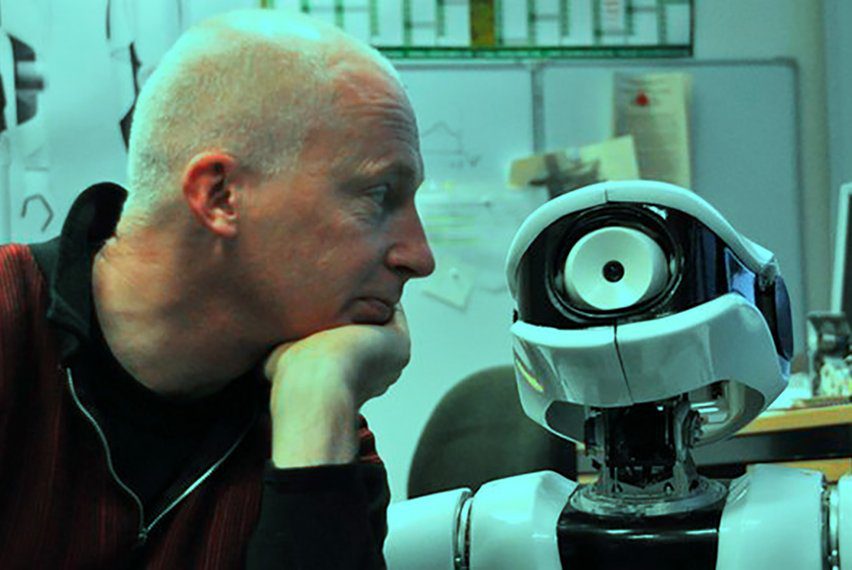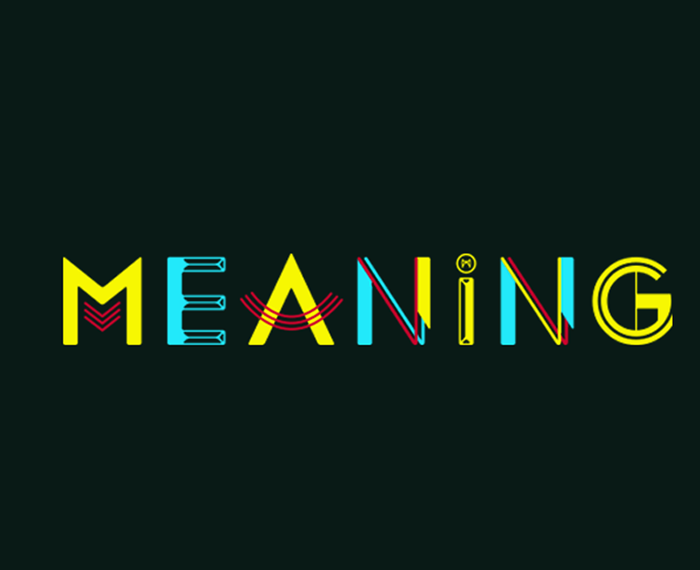Can Microsoft learn (e.g. from customers) and realize Innovations?
Big, innovative thoughts have been part of Microsoft’s history. Vision videos from the late 90s and early 2000s are legendary. They envision a mobile and connected world that adds unlimited value to people’s life. However, realizing those innovative ideas into new and groundbreaking products and services that customer “want more of” has been a consistent—and well-documented-struggle.
With the latest Microsoft news on layoffs, especially around the Windows and Windows Phone business (and of course Nokia), I went back to a blog post from March 2011 where I wrote about the then just upcoming tablets :
“But because now these devices can also do some of what only PCs could do in the past, the need for PCs is decreasing. Not going away, but decreasing.”
Today’s numbers certainly prove that the trend forecast was correct. Even Kevin Turner has stated at WPC that only 14% of devices run Windows today.
Much of the recent revival of PC shipment was contributed by the Windows XP “end-of-support” in April 2014. It will benefit Microsoft revenue but only in the short term in less likely in the just begun Fiscal Year 2015. In the long run, Microsoft’s future will depends on how quickly and efficiently the company will be able to respond to and create the market needs as challenger for its current and future competitors, but not only as a follower.
In 2012, I spoke at SIC about the organizational culture revolution and the need for organizations to rethink management philosophies. Instead of clinging to industrial-era practices, management needs to look at newer economic and behavioral science insights to create the right culture and structures for success in the Innovation Economy. In short, the new reality is that management needs to create a truly customer-focused organization which is both agile and responsive.
Of course, there are people within and around Microsoft who clearly see (because they listen to customers and partners) where the technology future is going and where the market opportunities are. But will the organization allow those insights to be shared, valued and realized?
In the near term, the business model from the 90s will continue to deliver the numbers Wall Street likes to see. The consistent work on the enterprise and cloud infrastructure platform combined with financial stability will allow Microsoft to be a key Enterprise server and infrastructure provider for a while longer.
Predicting the mid-term technology trends is not rocket science. Technology direction and market expectations—increasing capabilities with a high ease-of-use factor—are pretty clear. However, the value scenarios (that determine the success of any innovation) are much harder to predict. Determining value is practically impossible without a customer-focused approach. Building on the value is equally impossible if a company is not responsive and agile. Technology and markets change too quickly for lumbering organizations.
So what is the mid-term and long-term future for Windows? And for Microsoft? Will the organization be able to unlock the innovative potential of their employees and ecosystem? While Satya’s original memo highlighted Mobile first and Cloud first the “Productivity and Platform vision” sounds far more like protecting the revenue model from the 1990s.
Key technology trends are clear. Mobile will continue to grow, wearable devices will proliferate. With the rapid and explosive growth of the IoT (Internet of Things), the device context awareness will accelerate. Personal clouds (and their aggregation) will be ubiquitous. Big Data can provide unprecedented insights and opportunities to innovators.
Microsoft has unique opportunities around the emergence of “Super Apps” and “Spot-markets”. But will the company be able to leverage them or be out innovated by more “user friendly” approaches? The Bing App for iOS has been highly rated and very useful for the last years, but is this an indicator of what is possible or simply an anomaly?
With the enterprise focus and an end-to-end intelligent systems approach, Microsoft could be a key player (parallel to IBM) when our cities and our environment will get smarter. Or will the Redmond company leave these global and long-term opportunities also to its competitors?
Last but not least the maker movement and 3D printer sales will jump and create a new way of manufacturing. Will Windows play a role here?
After the lay-off announcement the Microsoft Redmond community appears to be mostly in shock. The 1,300 (and growing) comments on Mini-Microsoft are more about assessing the situation than focusing on the future at this point.
What would you recommend to Satya and the Microsoft board do to have their organization realize the innovative potential of Microsoft’s vast customer base, solid technology foundation, millions of partners and an employee & “contingent staff” base of more than 180,000 brains?
And, just as important, what should the smart and motivated Microsoft employees do to have their organization realize its innovative potential?
Prof. Mark Mueller-Eberstein is an internationally renowned business leader, entrepreneur, consultant, best-selling author, and a Professor at Rutgers University Center for Management Development. He leads “The Knowledge Economy Research Institute” as well as Adgetec Corporation’s consulting business. Using a cross-functional and international approach, his consulting company help current and future leaders align their business and technology strategies, and leverage opportunities. Mark is fascinated by the dynamic between the human and technical factors that positively impact business operations, and has advised business leaders from a variety of industries on these topics for over a decade. Mark has become one of the world’s leading experts on how businesses can leverage key technology trends to drive a competitive advantage and his books have been translated into a dozen languages.



























